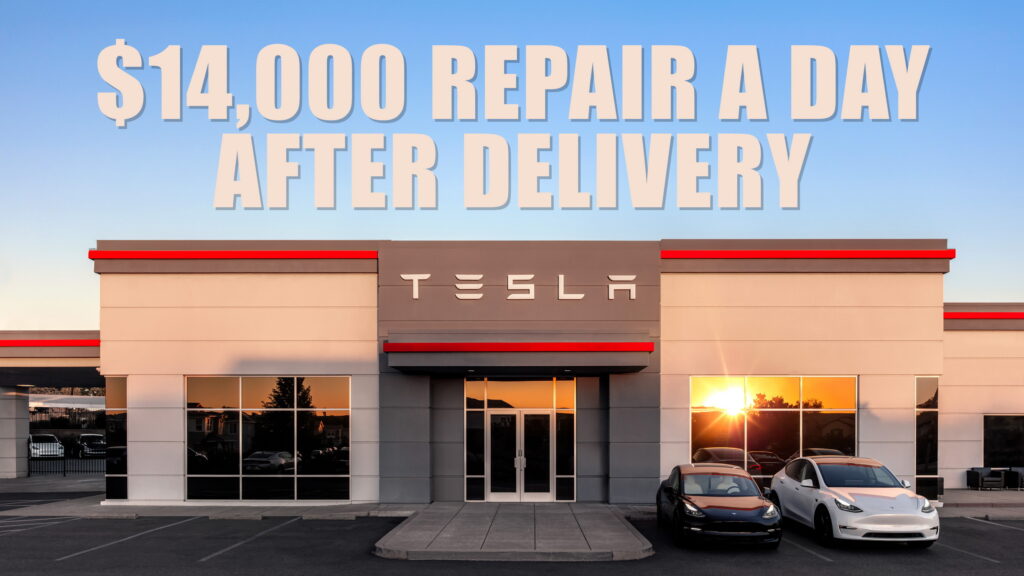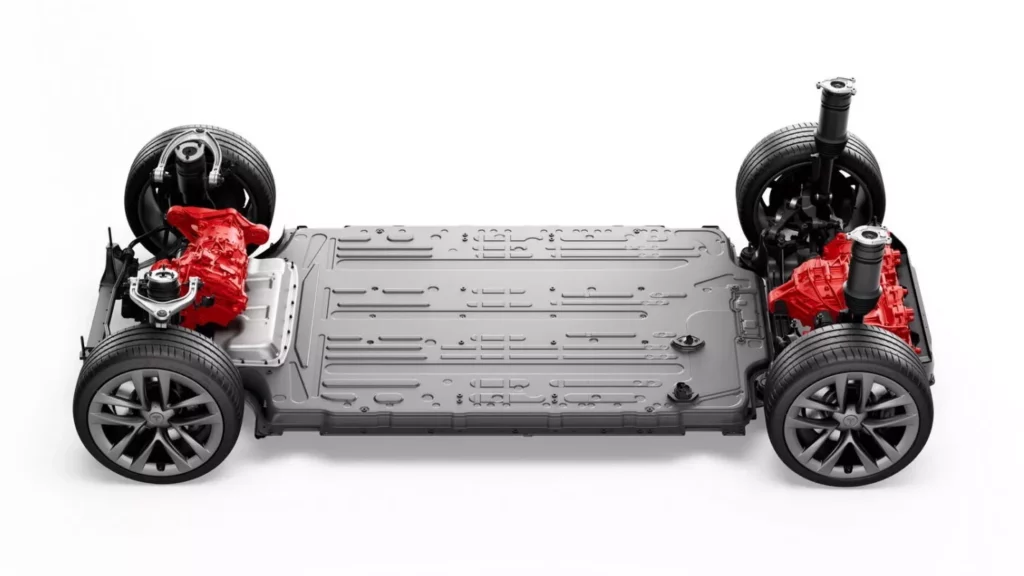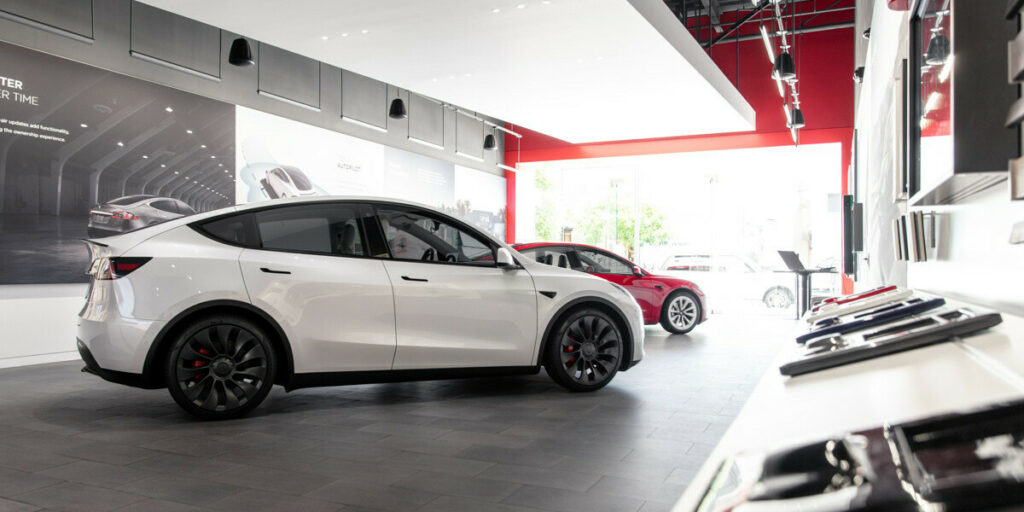Design flaws in several suspension components have long been apparent to Tesla, but it has publicly denied them

Lately, the topic of Tesla’s Autopilot and FSD systems has been a topic of concern for safety regulators. However, a distinctly more low-tech and important part of the car may be the real danger for owners: the suspension.
Internal documents reviewed by Reuters show that the automaker has been tracking failures in a number of the parts that connect the wheels to its vehicles, leading to a recall in China, and so many warranty repairs in Norway that managers said it could have bankrupted the company.
The documents show that Tesla internally described the parts as defective. However, Reuters reports that the automaker sought to push the cost of repairing them onto customers in order to reduce the financial impact while it worked to convince investors that it could be profitable (and therefore valuable) in the long term.
advertisement scroll to continue
Read: Tesla Recalling 2 Million Cars In U.S. To Make Autopilot ‘Safer’

Problems have existed since the automaker’s earliest days, and affect parts such as the control arms, the fore links, the aft links, the half shafts and even the steering racks. One repair analysis found that Tesla replaced 66,000 half shafts between January 2021 and March 2022. It replaced the upper control arms on 120,000 vehicles globally in that same period of time.
Parts failing withing months and blaming customers
Numerous parts have been failing within months of delivery, ensuring that they remain within Tesla’s warranty coverage period. Nevertheless, internal memos reveal that the automaker has instructed service technicians to attribute these failures primarily to abusive driving or pre-existing damage, aiming to minimize the cost of repairs.
Such was the frequency of suspension issues that in the fourth quarter of 2018, it incurred a loss of $263 million due to repairs. During that same quarter, it managed to generate a profit of only $139 million. Regulatory authorities took notice of these problems. In China, Tesla was compelled to recall its vehicles due to rear-link failures in 2020. However, this did not lead to recalls in the U.S. or Europe, as Tesla argued that the Chinese regulators were mistaken. The company cited financial constraints as the reason for not challenging the government. Tesla has consistently attributed these issues to driver abuse and vehicle misuse, even though it knew that the root cause was a design flaw.
However, the National Highway Traffic Safety Administration (NHTSA), America’s safety regulator, is still looking at the fore link in the Model S and X. The organization says it has received complaints from drivers that the part failed at highway speed, but its investigation has been going on since 2020.
Knowingly selling cars with problems?
And that hints at the real problem with these weaknesses. Even though Tesla has paid to repair many of the vehicles with these faults, Reuters’ report suggests that it sold millions of cars with defective parts that could lead to suspension failure while a vehicle was in motion, constituting a major safety risk for drivers.
While Tesla believes it resolved these issues in early 2022, consumers are still facing recurrent failures. This has led some individuals, like Shreyansh Jain, to opt for selling their vehicles. The UK owner of the Model Y experienced a suspension collapse within just 24 hours and 115 miles (185 km) of taking delivery. While driving with his wife and three-year-old daughter, he unexpectedly lost control of the steering during a turn into their neighborhood. He told Reuters that the car’s front-right suspension collapsed, resulting in loud scraping noises as it came to a halt.
“They were absolutely petrified,” Jain stated, referring to his wife and daughter. “If we were on a 70-mile-per-hour highway, and this would have happened, that would have been catastrophic.”
Tesla required nearly 40 hours of labor to rebuild the suspension, replace the steering column, and perform other necessary fixes, as detailed in a comprehensive repair estimate. The total cost exceeded $14,000. Tesla refused to foot the bill “blaming the accident on ‘prior’ suspension damage”. Frustrated, Jain eventually sold the car at a $10,000 loss compared to his purchase price.
“I lost complete faith in the car,” said Jain. His was a model year 2023 example.



